If you've just recorded a home video or created the ultimate mix tape – a digital version of that old chestnut, of course – no doubt you'll be eager to share it with your friends and family.
Depending on the size and number of files you need to send, this can be a problem. For instance Gmail only allows you to attach files of up to 25MB in total to email messages. Not to mention the fact that large files will quickly eat into your storage space quota while lurking in your Sent folder!
If you need to send big files online, there are plenty of good ways to do so without running into trouble – and we’ve highlighted 12 of the best here, the vast majority of which are free (though they tend to have premium tiers if you want to pay for an improved service).
1. Use a VPN
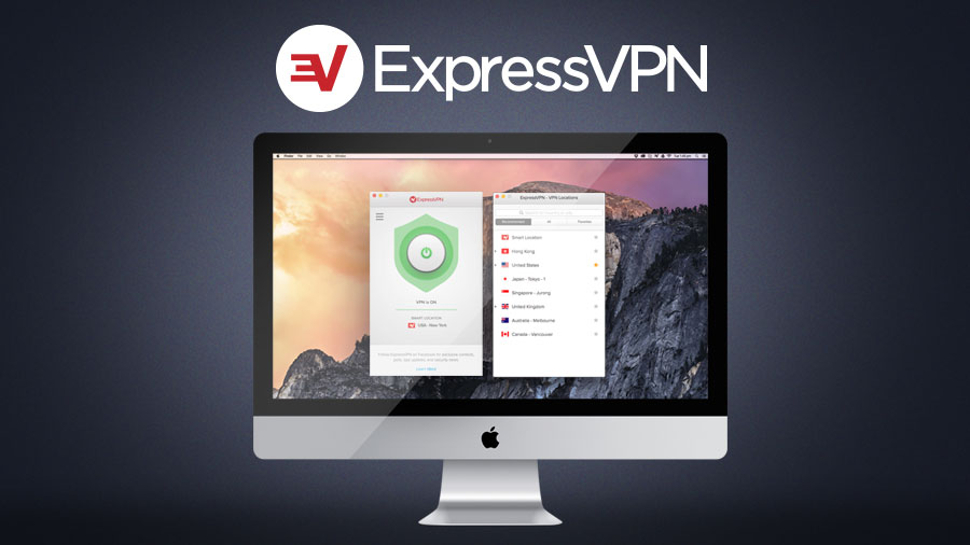
What? I hear you say. What does a VPN have to do with sharing large files. Well, unbeknown to many, some internet service providers (like Virgin Media) use broadband traffic management to moderate upload bandwidth (rather than download). Using a VPN like our number one choice, ExpressVPN, means that your ISP cannot determine the type of files you're uploading and therefore cannot - in theory - apply traffic shaping to your account.
P2P (peer-to-peer), one of the most popular and reliable methods for moving large amount of data, is the one type of content that's most likely to be flagged and pushed down the priority lines. We have compiled a list of the best VPN services available. Just bear in mind that your mileage will vary and using a VPN can also slow down your connection.
2. Use file compression

One of the easiest solutions to the problem of sending large files is to use file compression software such as the cross-platform program 7-Zip. This is particularly handy if you have multiple files, as you can place these in one folder and compress them all in one go. As a rule of thumb, a large file will transfer faster than a folder containing smaller files of the same size.
7-Zip is available for Windows, Mac and Linux, and can compress files to the regular ZIP format as well as its own slightly more efficient 7ZIP. Most major operating systems can extract ZIP files without any additional software. 7-Zip also lets you set a password to protect the files, so you can share them safely. Just bear in mind though that uploading very large files can time out.
3. Courier a hard drive

The fastest way to transfer a large number of big files is not via the internet but by using a disk drive and a courier. All the big cloud providers (Microsoft, Google and Amazon) have the ability to transfer large amounts of data using hard disk drives.
Microsoft Azure charges a nominal flat fee of just under £60 ($70) per storage device handled, but you must be prepared to supply your own drive. This is similar to Amazon Web Services' Import/Export disk, whereas Google uses third-parties.
Transferring the content of a 20TB external hard disk drive on a 100Mb dedicated line would take more than 500 hours (or around 20 days), on consumer-grade broadband lines, expect it to last more than one month and that's for the upload only. Just remember to keep a copy of your files and to encrypt the hard drive you're sending.
4. Google Drive
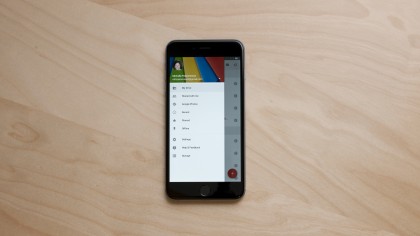
Although Gmail messages can only have attachments up to 25MB in size, when files are too large Google gives you the option to place them in your Google Drive and send a link to share. Gmail users can share files and folders up to 10GB in size. Considering that Google's free tier gives you 15GB of storage, you can repeatedly share large files entirely free of charge (assuming you delete, rinse and repeat).
Google allows you to choose whether to create a link that can be shared with anyone, or one which is only available to people to whom you send the email with the link. Premium plans start from $2.34 (£1.59) per month for 100GB storage.
5. FTP

While FTP (File Transfer Protocol) may be fairly old-school when compared with cloud services like Dropbox and Google Drive, it's still one of the most reliable ways to upload and download files.
All operating systems support FTP and there are plenty of websites and add-ons which support uploading and downloading from within your browser, such as FireFTP. Windows and Mac users can also make use of the free desktop FTP client Cyberduck.
The only downside to this is that you need to have access to a remote server (like a web hosting service). Many companies like DriveHQ offer some free storage space (1GB), and prices can compare very favourably with cloud storage providers.
6. Mediafire
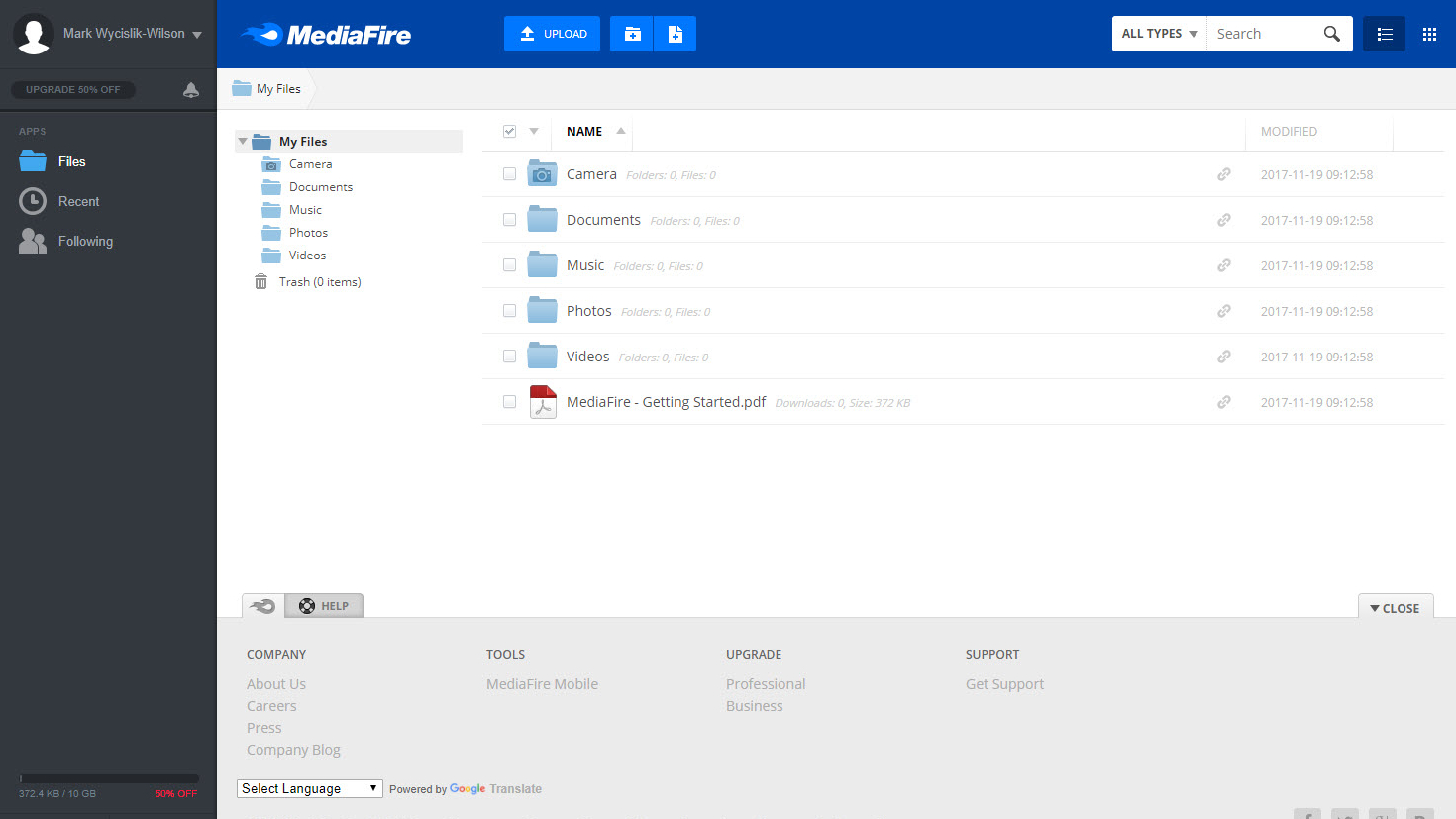
True to its name, MediaFire is a trailblazer. Register for a free account and you get 10GB of storage. Connect your Facebook and Twitter accounts, install the mobile app, and refer friends to earn up to 40GB of bonus space. You can upload files either directly from your computer or the web, and generate a link which will allow others to download your files from the MediaFire website.
Paid subscriptions begin from $3.75 a month (around £3, AU$5) and include 1TB of storage space, a hefty 20GB limit on file sizes, as well as eliminating annoying Captchas and ads. Another handy premium feature is one-time links which make sure that once your recipient downloads your files, they're no longer accessible.
7. Hightail
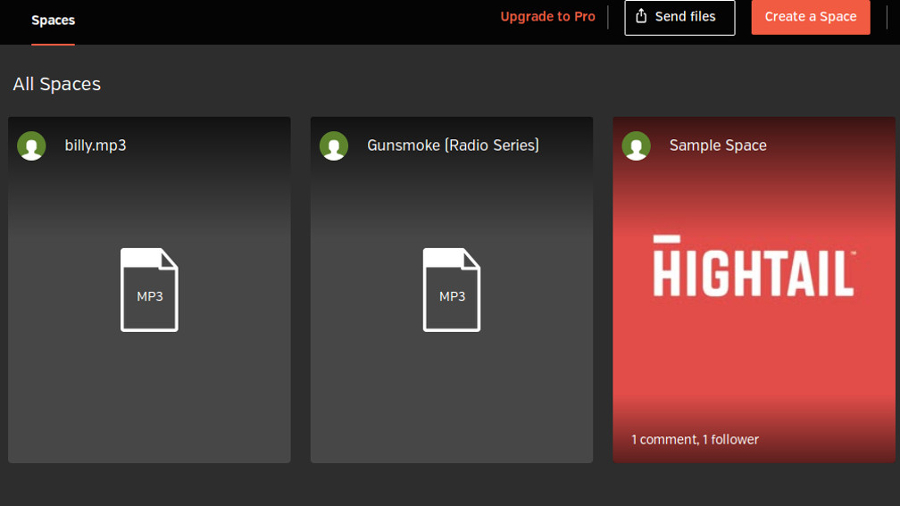
Hightail (formerly YouSendIt) has been made with business users in mind. Upon registration you can create special ‘spaces’ for various files and projects, which you can then share with others. The handy ‘PipPoints’ feature can even be used to record notes on documents as you and others work on them.
The free Lite version of Hightail only allows sharing of files up to 100MB in size. The Pro subscription is available from $12 a month (around £9.50, AU$16) and includes unlimited workspaces and support for files of up to 25GB. There's also no limit on the number of people who can access a file at any given time.
8. Wetransfer

WeTransfer is one of the simplest services to use for sharing large files. A few clicks of the mouse and the website will automatically send files for you, and these will be available to download for seven days. Everything is very user-friendly, too, with a step-by-step wizard to walk you through the upload process.
For $12 a month (around £9.50, AU$16) or $120 (around £95, AU$160) per year you can upgrade to WeTransfer Plus which allows up to 20GB of file transfers at a time, and 100GB of storage. You will also have the option to set a password to download files – plus you can customise backgrounds and emails if you wish.
9. Resilio Sync
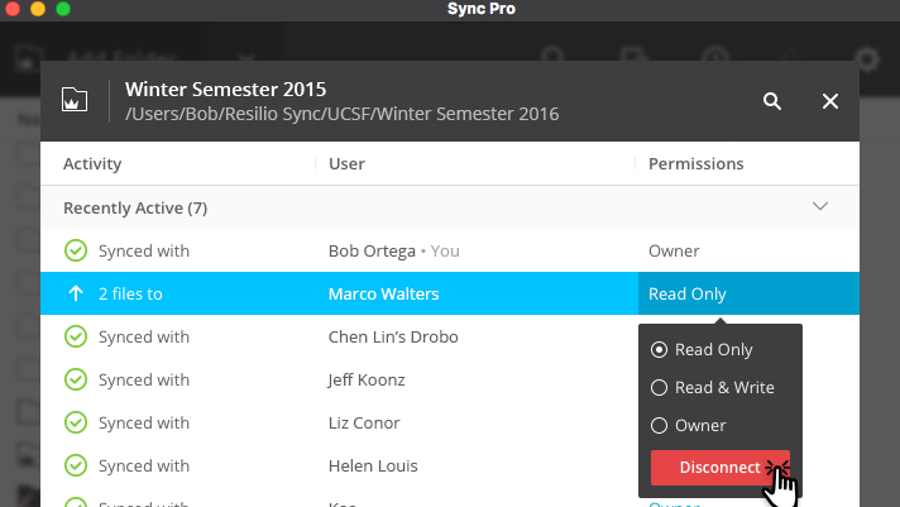
Formerly BitTorrent Sync, this handy utility uses the BitTorrent protocol – designed specifically for sharing big files – to sync files directly between your devices. This peer-to-peer connection can be used for two or more devices, such as a phone and desktop PC.
Resilio Sync also supports generating secure links to allow your contacts to download files from your folders. This naturally means your device has to be online at the time in order for them to access it. The software itself is provided free of charge and there are no limits on how much data you can transfer or store.
10. Adobe Send & Track

Send & Track lets you use the Adobe website or Acrobat Reader app to share large files with multiple recipients, whatever device you’re using (be that phone or PC). The website doesn't mention any limit on the number or size of files you can send, but the service isn’t free and will set you back $20 per year (around £16, AU$27).
There are also restrictions on what files can be sent – for example, 7-Zip archives aren't allowed. One of the most useful features here is the tracking, whereby you can see clearly whether a document has been opened or not.
11. Send Anywhere

Send Anywhere is available for just about every platform you can think of, and can transfer files up to 10GB completely free. The file sharing service is available as a web app at https://send-anywhere.com, as a browser extension for Chrome, as a mobile app for Android and iOS, and as downloadable software for Windows and macOS. There are also versions for Linux and Amazon Kindle, plus plugins for WordPress and Outlook.
The browser widget lets you share files up to 4GB, but the desktop software supports files up to 1TB for paid subscribers. That should be more than enough for all but the largest 4K video files.
12. Dropbox

Sign up for this cloud storage service and any files moved into your Dropbox folder can be shared through use of a web link. Some operating systems let you do this by right clicking, for others you may need to log into the site and click the Share link. Most importantly, the person to whom you send the link doesn't need to be a Dropbox user – they can simply download files from the site.
Dropbox has a free tier which gives you 2GB of storage space, but you can earn more by referring friends to use the service – or increase the limit to 1TB by signing up to Dropbox Plus for $9.99 per month (around £8, AU$13). The latter also allows you much greater control of files, including versioning as well as remote device wipe, and you can set a password for downloads.
from TechRadar - Internet news https://ift.tt/2t36rH4
via IFTTT


0 comments:
Post a Comment